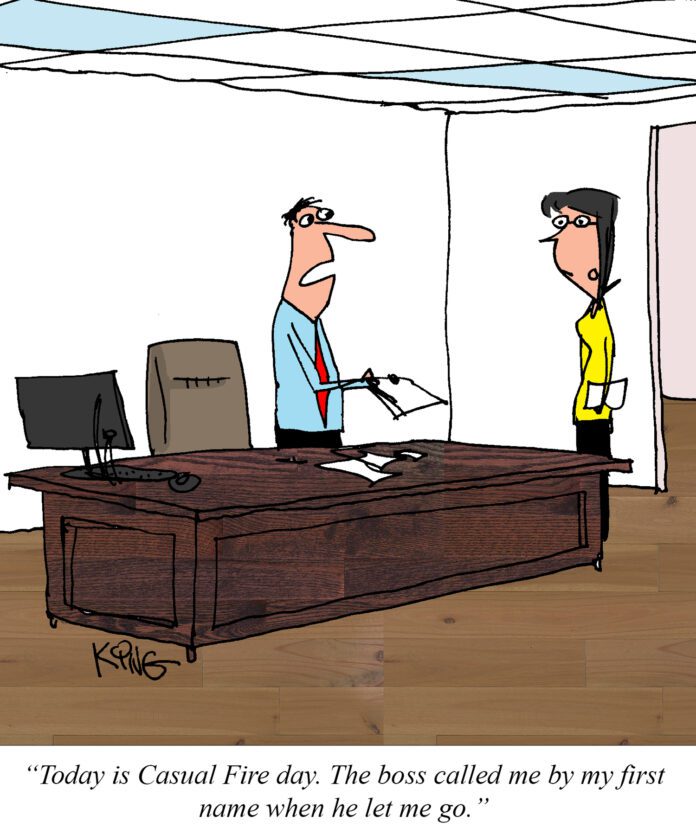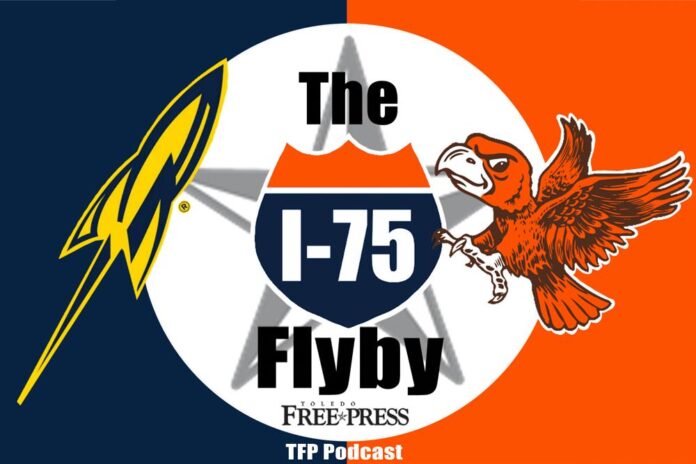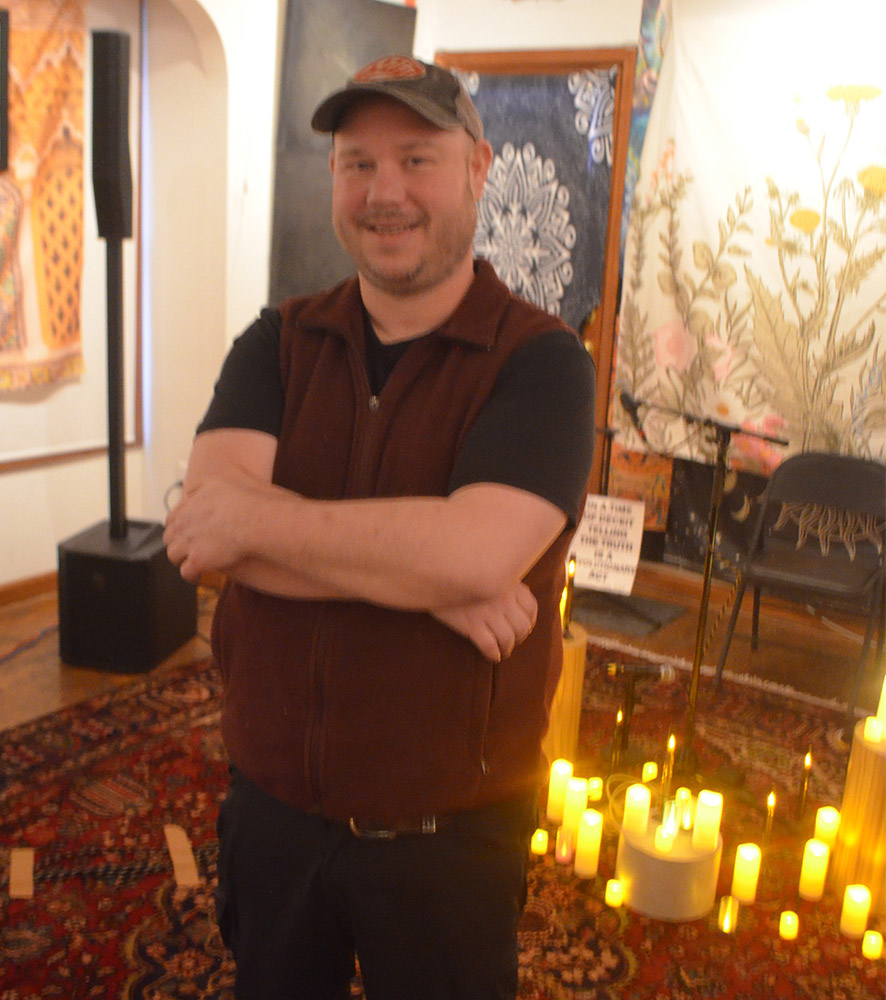HOLLAND – Marshall Jones dreamed of owning his own game shop ever since he was a child. In May of 2017, his wish came true when he and his wife, Robin Jones, opened Dragon’s Roost Coffee and Games, a coffee shop, game store and gathering place.
“Our ultimate goal was to have a good community. We wanted to break the mold and create a safe, inclusive place for all players and non-players,” Marshall Jones explained.


He said it’s important to him to welcome people at all levels of gaming experience and backgrounds of life. This locally owned business is a family affair, as you can find the husband and wife running the store with their granddaughter, Alice Calvillo, who works at the counter as barista.
“I’ve been here since I was 15. I love our customers and I’ve seen this place grow,” Calvillo shared.
The owners assure that anyone can walk into Dragon’s Roost and find something they enjoy, from the large selection of games, to the Hobby Station for painting miniatures, books on gaming lore, delicious drinks and bakery treats. The walls are covered in game-themed posters and art. Their menu boasts seasonal flavors, as well as signature favorites.
“I recommend the Han Solo,” Marshall Jones said about the raspberry café mocha. Another customer favorite is the Chewbacca, a caramel and toasted marshmallow café mocha with whipped cream and caramel drizzle.
The atmosphere inside Dragon’s Roost is just what Marshall Jones planned: Welcoming and familiar as people gather to have adventures while empowering their imaginations.
Maxwell Kelso is one of the regulars at Dragon’s Roost. When he brought his idea of one-shot Dungeons and Dragons sessions (a popular tabletop role playing game) to the owner, Marshall Jones encouraged the idea wholeheartedly.
“He comes in and does all the voices and really makes an atmosphere for the players,” he said about Kelso.
There are game maps and a multitude of terrain sets free for anyone to use, and game clubs are encouraged to come in. For a full list of events, a calendar is released monthly.
“If you don’t think you are a gamer, you just haven’t found the right game yet,” Marshall Jones teases.
As more customers arrived, the shop filled with greetings and laughter as they found their spots at a game table, browsing the shelves at the Hobby Table or in the coffee shop. It is apparent that Dragon’s Roost acts as a second home to many.


Kelso is excited at how well his sessions have taken off in just a few short months. He hopes that his Dungeon Master skills will bring in a new crowd of players that have been previously intimidated about getting into the game.
“I wanted to make Dungeons and Dragons accessible to more players. I put in the work and provide stat blocks so that more time can be spent on gameplay,” Kelso added.
Players of all skill levels and ages are invited to join gameplay, whether it is their first time or they have played for years. “It’s exhilarating when new players walk in and come up with crazy ideas I’ve never thought of before,” Kelso stated.
Kelso encourages players to join him as a cleric, a dwarf, a barbarian or any other number of characters for a few hours. “There are no strings attached. There is always a new adventure to be had.” He said he’s happy to have found a comfortable home for his growing group to gather on Sundays at 1 p.m.
“You do not have to have played this game before. You don’t need anything but an open attitude,” Kelso exclaimed.























































